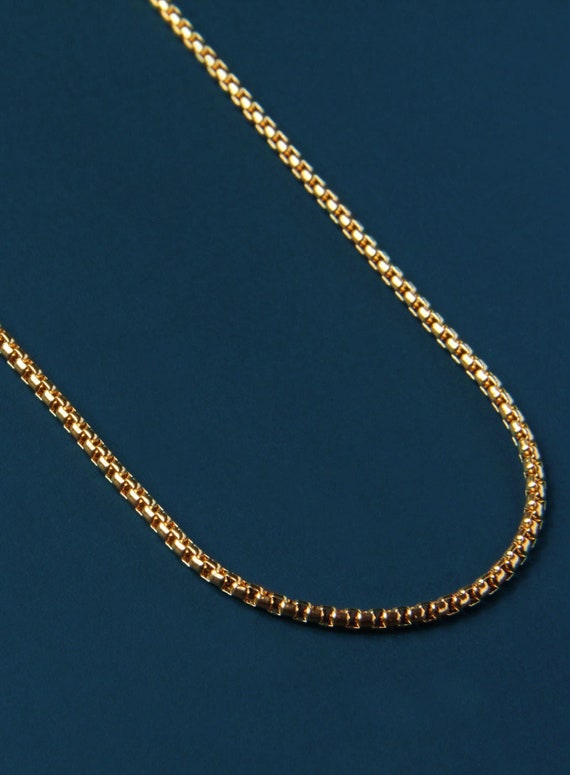Establishing the Actual Appraisal of Your Pieces for a Rewarding Transaction
Wiki Article
As it comes to retailing jewelry, comprehending its actual worth is crucial to securing a successful sale. Ornaments can hold substantial sentimental and financial worth, so understanding how to assess its valuation can help sellers make informed choices. Various elements influence the price of jewelry, including the composition, brand reputation, buyer interest, and overall condition of the piece. By taking into account these aspects, individuals can guarantee they set a fair valuation that represents the ornament’s true worth.

The first step in determining the worth of jewelry is identifying its elements. Most jewelry consists of valuable alloys like gold, the white metal, or platinum. The purity of these materials, measured in karats for the precious yellow metal and as a percentage for the white metal and platinum, plays a significant role in pricing. Additionally, precious stones such as diamonds, green gems, or blue stones contribute to the total value of a piece. Characteristics such as the size, hue, clarity, and shape of gemstones are critical when assessing their market worth. Comprehending these elements enables sellers to better estimate what their jewelry might be valued at on the market.
An additional key factor to consider is the label or designer of the jewelry. Well-known names often command premium rates because of their standing for excellence and craftsmanship. For instance, items made by recognized designers or luxury brands may carry a premium value compared to similar pieces from lesser-known manufacturers. Collectors and buyers often pursue specific brands for their financial appeal and prestige. Therefore, examining the brand’s history and browse this site industry standing can provide important information regarding valuation approaches.
Buyer interest also plays a significant role in determining jewelry's value. Shifts in style can strongly influence what kinds of jewelry are popular at any given time. Certain styles may be highly desired during particular times or occasions, impacting how much buyers are prepared to spend. It is important for owners to remain aware of present market movements and industry factors to take knowledgeable choices about when best to sell their ornaments. Seeking advice from professionals or evaluators can provide guidance into what pieces are most sought after, assisting owners increase their profit.
In the end, the state of the jewelry must be evaluated before attempting to sell it. Pieces that are well-maintained and free from damage will typically fetch higher prices than those that show signs of wear or need restoration. Polishing and refurbishing ornaments can improve its look and increase its marketability. Moreover, having original packaging fast ways to sell my gold or certification for gemstones can add additional value. Sellers should always be transparent about the condition of their items when marketing them to potential buyers.
To summarize, establishing the actual worth of jewelry involves a thorough understanding of its components, brand reputation, market demand, and overall condition. By thoroughly evaluating these elements, sellers can determine fair valuations that represent their ornaments’ value while appealing to prospective purchasers. A knowledge-based approach not only ensures a successful sale but also allows owners maintain assurance in their valuation choices. Be it looking to sell a cherished family heirloom or an investment piece, making the effort to evaluate its genuine worth is crucial for achieving satisfactory results in the open market.